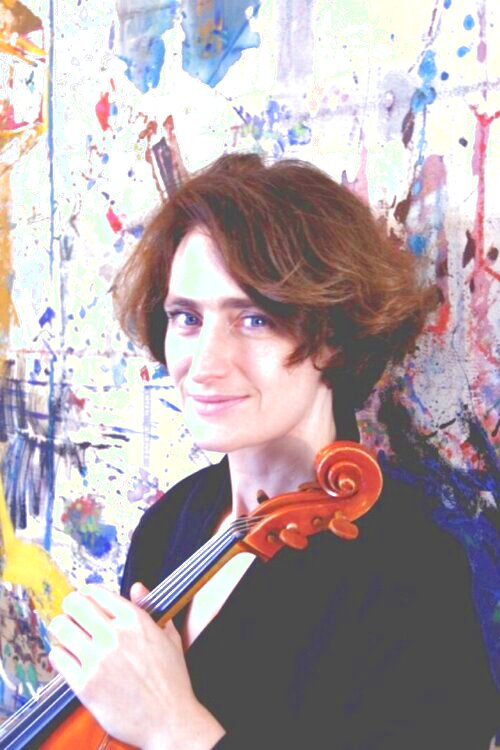Valerio Sannicandro
Valerio Sannicandro, composer, conductor and researcher, was born in Italy in 1971. He studied in Germany with York Höller, Hans Zender, Peter Eötvös and in France with Emmanuel Nunes. He received his doctorate in musicology from the Technical University of Berlin. His musical output ranges from solo works to large orchestral works, also with voices, and music theater with extensive use of live electronics. Valerio Sannicandro was Affiliated Fellow (AAR 2013), Artist-in-Residence at Villa Kujoyama (Kyoto, Japan) and received several awards. In 2020 he started a composition mentorship program for young composers.
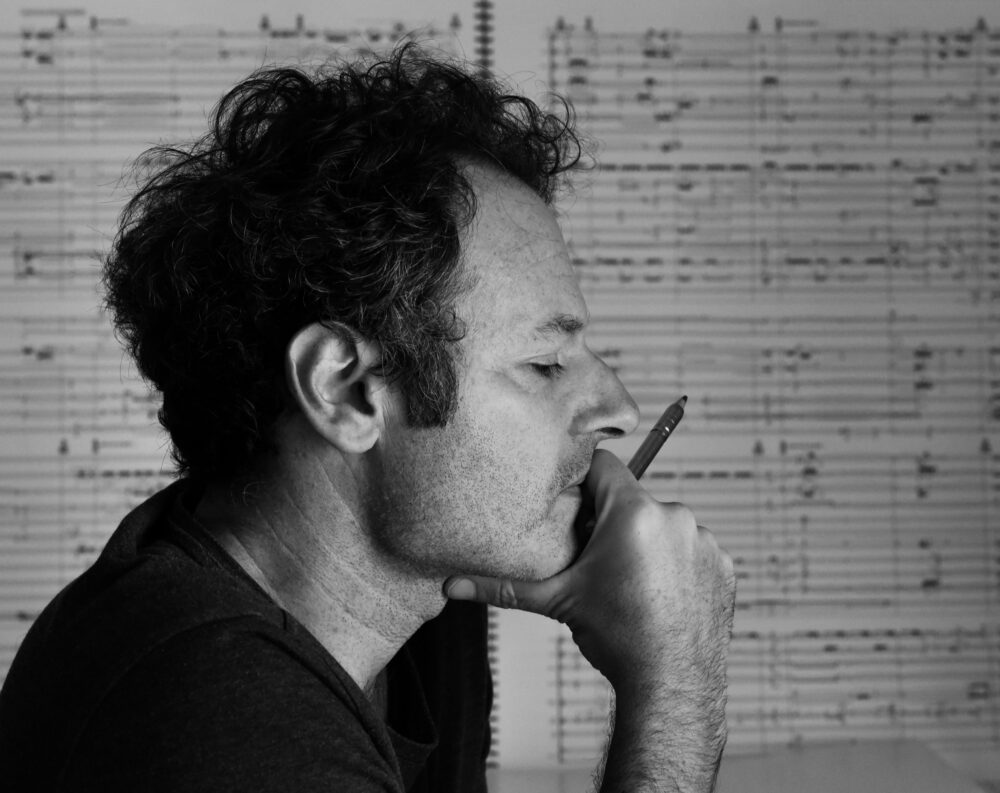
© privat

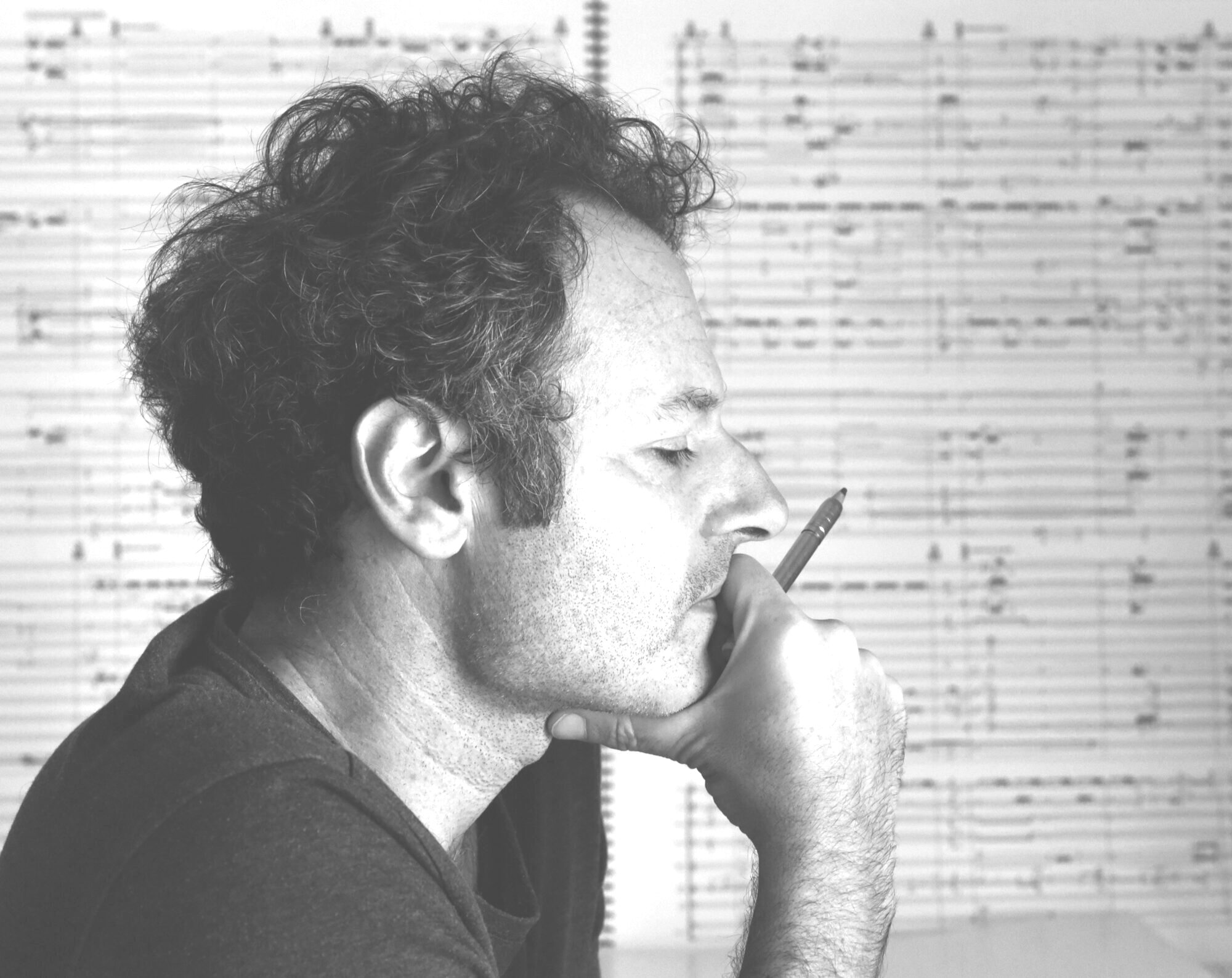
Kathrin Denner: cadere-fallen
The verb cadere comes from Latin and can be translated as to fall, sink, fall down, perish, flow down, pour out, spill, fall, die, slaughter, sacrifice, succumb, hit, fall away, befall, and end.
The term cadence is derived from the Latin cadere. In addition to the falling away of the voice in linguistics and the metrical form of a verse ending, a cadence also refers to a chord sequence as the conclusion or structure of a piece of music; for this purpose, the step or function theory is usually used, i.e., methods of description of the 19th and early 20th centuries. The reduction to the sequence of chords is thus problematic, since the development of the cadence goes back to counterpoint – the art of contrapuntal voice leading, about 400 years earlier. In addition, a cadenza is also an improvised or written-out soloistic embellishment of a theme at the end (of individual movements) of a concerto, which gives the musician the opportunity to show off his or her virtuoso skills.
In my piece cadere – fallen, I refer to the theme of cadenza most likely from a contrapuntal perspective. Small, clause-like ornaments play around central notes, which fall steadily. In the truest sense of the word, it becomes deeper and deeper. Cadence in my free interpretation, falling and falling and falling has a hidden reference to baroque figure and cadence theory. Of course, the „solo cadenza“, improvised according to instructions, must not be missing shortly before the end. This is performed not by one, but by four musicians.
Kathrin A. Denner
Kathrin A. Denner
Kathrin A. Denner (*1986) studied trumpet, music theory, and composition with Theo Brandmüller, Wolfgang Rihm, and Johannes Schöllhorn at the music conservatories in Saarbrücken, Karlsruhe, and Freiburg. Since 2024, she has been pursuing a doctorate at the Collège Doctoral Européen d’Interprétation et de Création Musicales GLAREAN, focusing on time in contemporary music and dance.
Her compositions arise from a playful, almost childlike curiosity in working with musical material. This material is deconstructed, filleted, examined, and reassembled – sometimes precisely, sometimes transformed. The focus is on exploring its properties, its behavior, and its reactions to changes. It is about the concentrated action of the material: the conscious decision for gestures, forms, or structures and their precise, radical processing.
She has won numerous awards, including the German Music Competition, and has been honored with the Heidelberger Künstlerinnenpreis and the German Music Authors’ Prize from GEMA, and has received working scholarships from the Deutsche Akademie Rom, Herrenhaus Edenkoben, Villa Concordia, and the Künstlerstadt Kalbe.
For the concerns of composers, she is actively involved as a board member and in the leadership team of the E-Music section of the German Composers’ Association and as a delegate for the extraordinary members of GEMA. She is a passionate lecturer at the Trossingen University of Music.
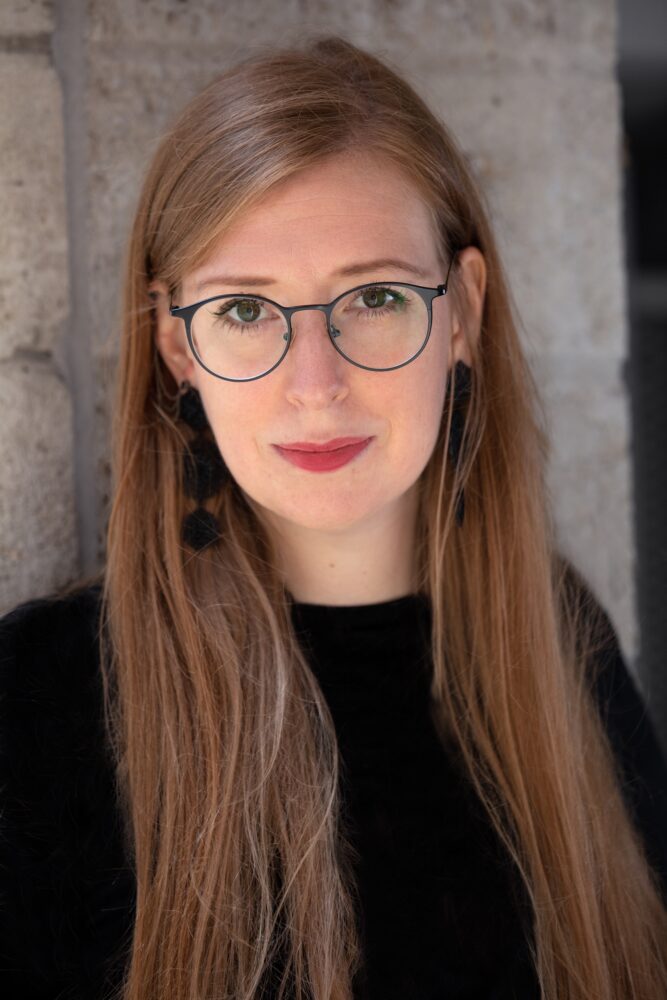

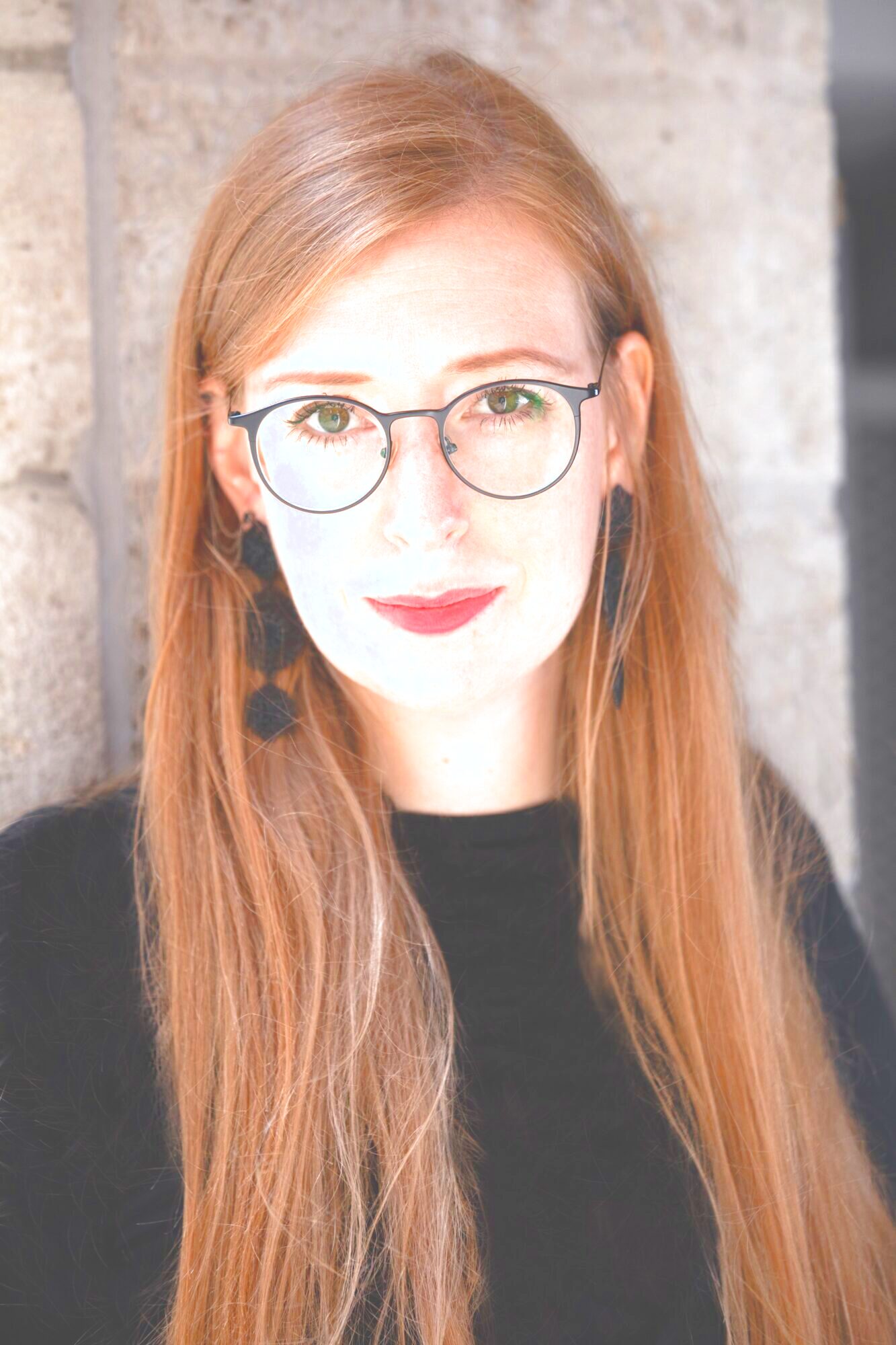
Anna-Maria Hefele: Andesana
image-20

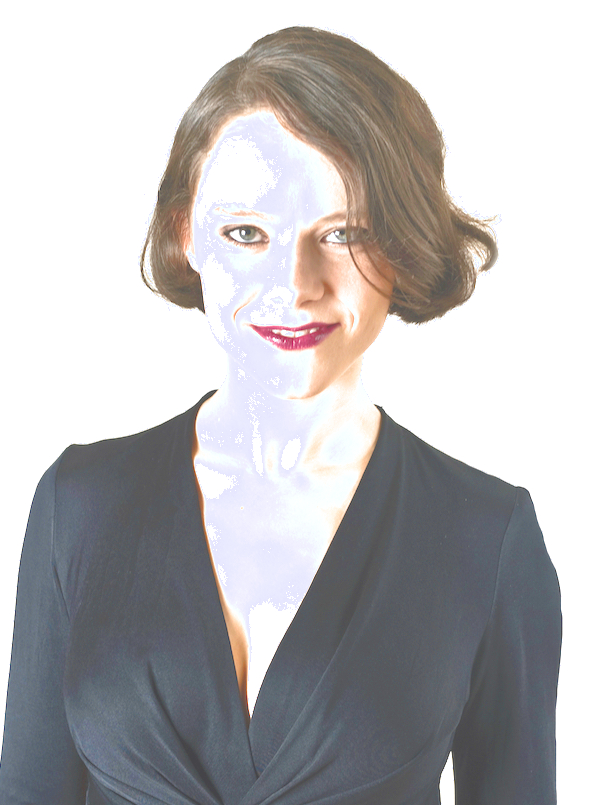
Wolfgang Saus: Four Styles.
Wolfgang Saus

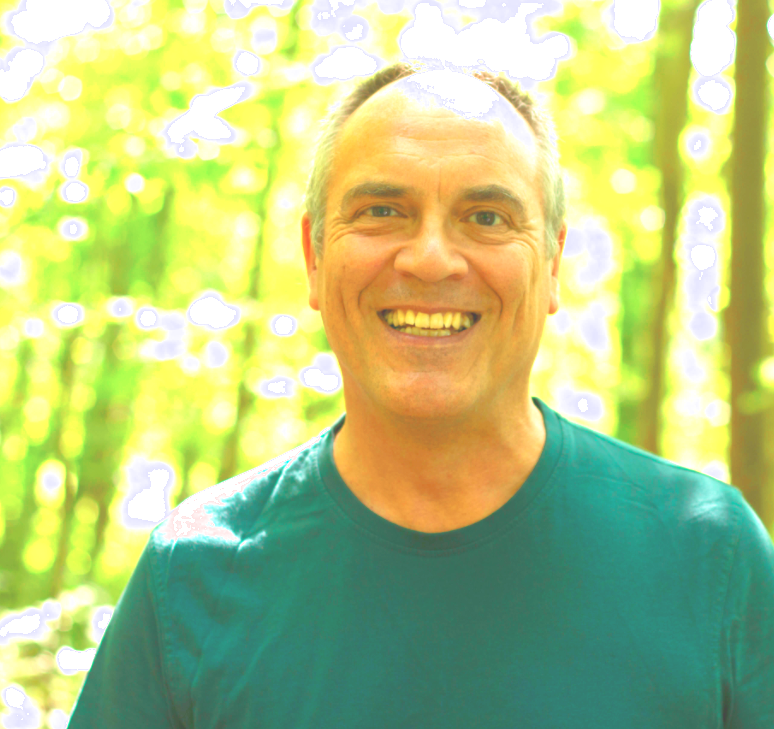
Anna-Maria Hefele: Klartraum
image-20


Giacinto Scelsi: Manto I-III
For several years Giacinto Scelsi wrote mainly solo works for individual instruments, to each of which he devoted himself all the more intensively. In „Manto“, composed in 1957, scordatura (i.e. the altered tuning of the strings) is used in addition to traditional viola playing, and in the third movement the voice of the violist.
Manto was one of the sybils from Delphi, the oracle of the temple dedicated to Appollon. In Greek mythology, she fell into a trance due to the sulfur vapors rising from the earth near the temple. Her oracular sayings return in Scelsi in enigmatic sounds sung by the „Manto“ soloist to the viola.
Giacinto Scelsi

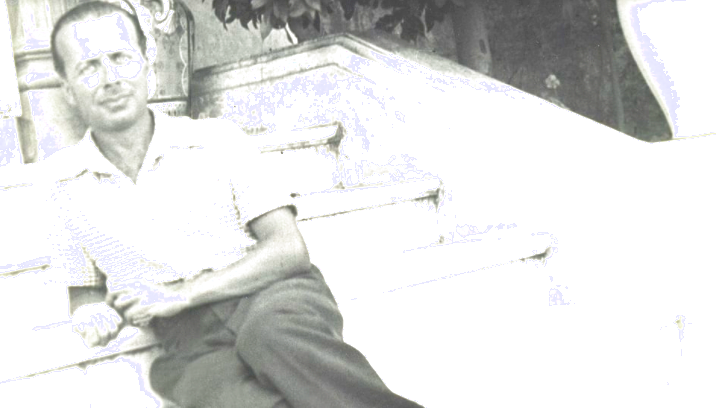
Annette Schmucki: taumeln
taumeln
the four trombonists play along a list of words that tries to capture the concept of ‚tumbling‘, to tame it. by translating the list in different ways, by transferring it into music, the instrumentalists get into different landscapes of heterophony, of swaying and tumbling, of snowstorm, of unison.
Annette Schmucki
Annette Schmucki
Annette Schmucki (*1968, Zurich) works with language as music. She studied composition with Cornelius Schwehr and Mathias Spahlinger, received numerous prizes and scholarships. is currently working with durations and encounters of projected words (silent music), with the experimental translation of telephone conversations, with overhead lines and pop songs.
www.blablabor.ch/indexschmucki/
language as music
i work with units of meaning and sound. with set pieces of language, language hinges. with words, syllables, sounds, with their similarities and differences.
i work with vertical, horizontal, spatial, temporal and imagined maps of overtone windows, sound shifts, phonetic translations, sound productions in the mouth-voice space.
i am in search of the self-consciousness of language, language that unscrupulously points to itself, but without losing its poetry or in order to become poetry in the first place; poetry as revealed, degyped, constructed, as rhythm and sound. language as naked lyric. as music.
at the same time, language as music also offers me the always shimmering conceptuality of the words, and precisely because i pay little attention to the conceptuality when composing, it pervades the music enigmatically and independently and always anew, gives it fleeting additional color, form, movement, playing instructions, opens and closes fields of meaning, blurs. as if there were an animal lying there, dreaming, chewing its cud, breathing heavily. how can it be possible for this animal to eat itself without waking up, so that in the end only the dreaming, the chewing, the breathing remain.
Annette Schmucki


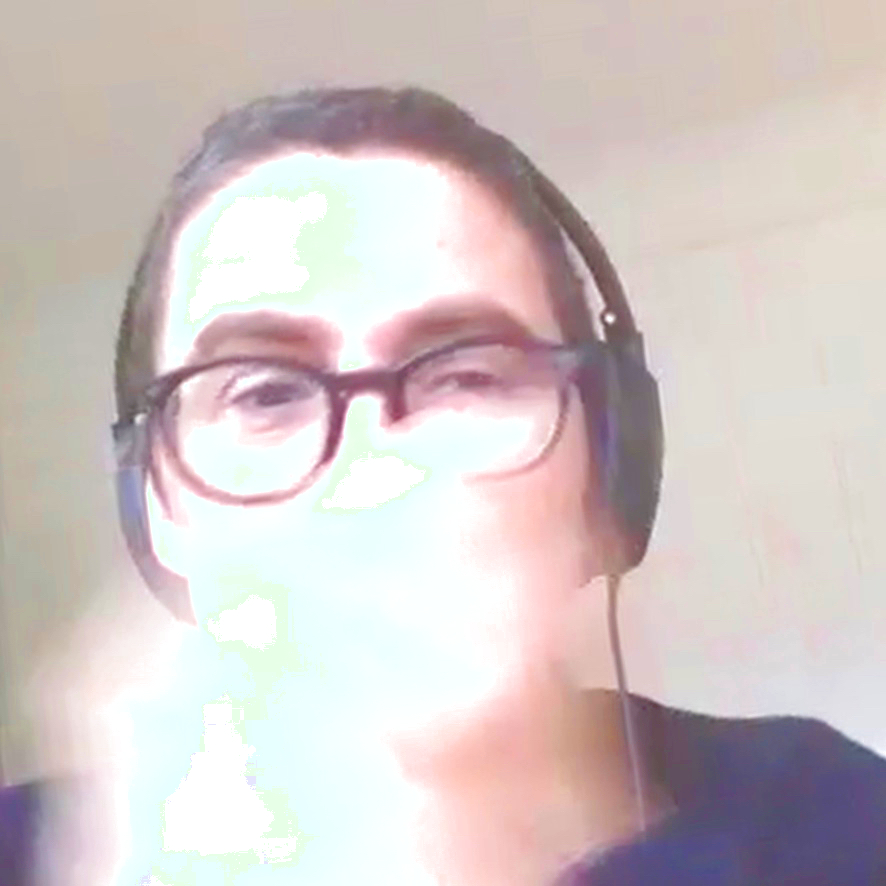
Anna-Maria Hefele
Anna-Maria Hefele – holding a master of arts (MA) from Mozarteum Salzburg – is a multiinstrumentalist, singer and
overtone singer; performing worldwide as soloist with different ensembles, choirs and orchestras. She is also frequently integrated in contemporary ballett, circus and dance theatre productions.
In order to expand the musical repertoire involving overtone singing, Anna-Maria collaborates with contemporary
composers who are writing for this particular vocal technique where it seems like one person is singing two notes at
the same time by filtering and amplifying the natural harmonics in the human voice.
Her YouTube video „polyphonic overtone singing“ became viral and has resulted in more than 19 million views
so far, followed by regular appearances of Anna-Maria in various international television shows and radio broadcasts.
„A voice as from another world“, „the lady with the two voices“, „polyphonic vocalist does the impossible“ – these
and other headlines have spread across the world.

© Ellen Schmauss


Composers Slide Quartet
The composers slide quartet was founded in 2004 with the aim of expanding the repertoire for trombone quartet with high-quality works of new music through close collaboration with contemporary composers and to perform them appropriately. The name of the ensemble was chosen in reference to the Composers String Quartet, which was founded in 1963 in the USA and was active until the 1990s.
The members of the composers slide quartet – Andrew Digby, Patrick Crossland, Andreas Roth and Jan Termath – play a variety of low brass instruments. These freelance musicians play regularly with renowned international new music ensembles.
At first glance, a trombone quartet is a very homogeneous instrumentation. However, through the use of different instruments and many different mutes, it offers a diversely differentiated spectrum of sound colors. Through solo pieces in the programs, the compositional work of composers:inside can be illuminated more deeply.
The composers slide quartet has so far premiered new works by Annesley Black, Philipp Blume, Uwe Dierksen, Hans-Joachim Hespos (sextet), Robin Hoffmann, Tim Kienecker, Mesias Maiguashca, Cathy Milliken, Johannes Nied, Rolf Riehm, Uroš Rojko, Valerio Sannicandro, Johannes Schöllhorn, Cornelius Schwehr, Hannes Seidl, Anna Sowa, Günter Steinke, and Alistair Zaldua-most of them commissioned by CSQ. In collaboration with the Neue Vocalsolisten Stuttgart, the Schlagquartett Köln or the Ensemble Resonanz, the quartet was involved in world premieres by Bernhard Gander, Wolfgang Mitterer, Enno Poppe, Wolfgang Rihm, Martin Smolka and Gerhard Stäbler.
Recordings by SWR, WDR and DLF Kultur as well as recordings on CD document this work.
Geneviève Strosser
After studying viola in the class of Claude Ducrocq in Strasbourg, Geneviève Strosser took lessons with Serge Collot and Jean Sulem at the Conservatoire National Supérieur de Musique in Paris and attended master classes with Nobuko Imai, Bruno Giuranna Yuri Bashmet, Franco Donatoni and György Kurtág.
Regularly performs with new music ensembles such as Ensemble intercontemporain, London Sinfonietta, Klangforum Wien and Contrechamps under the direction of Pierre Boulez, Peter Eötvös and Heinz Holliger among others. Until 2000 she was a member of the Ensemble Modern. She also played in the Chamber Orchestra of Europe under the direction of Claudio Abbado, Nikolaus Harnoncourt, Carlo Maria Giulini, Sir Georg Solti.
With a repertoire of solo pieces – including the great viola works of the 20th century – Geneviève Strosser works closely with contemporary composers such as Peter Eötvös, Heinz Holliger, George Benjamin, Helmut Lachenmann. Stefano Gervasoni and Hugues Dufourt have dedicated viola concertos to her. She has premiered several works by Georges Aperghis and performed in his music theater pieces (Commentaires, Machinations, Un Temps Bis). In 2004 Geneviève Strosser was appointed professor at the Musikhochschule Basel. She plays on an instrument by Mathias Albani, built in 1660.
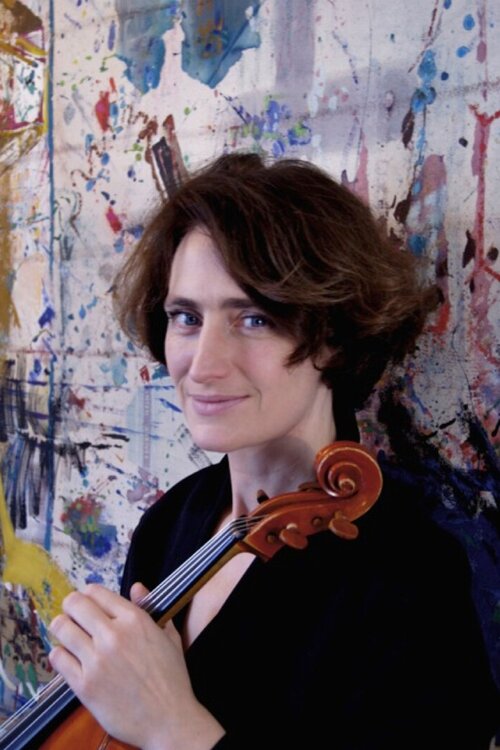
© Victor-Marin Roman

